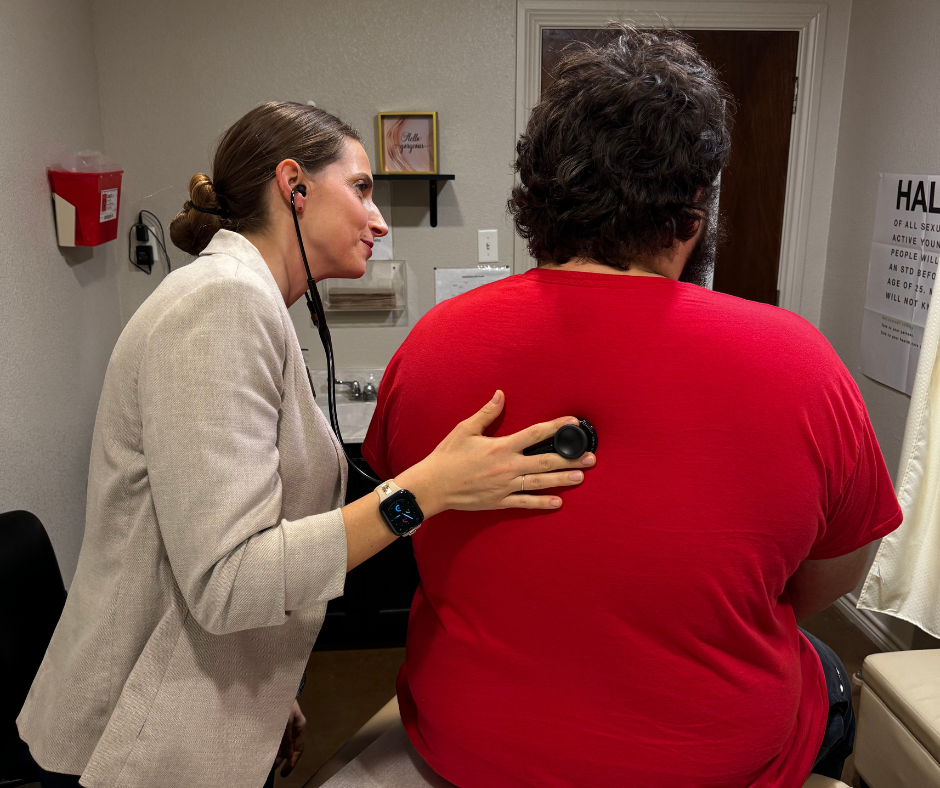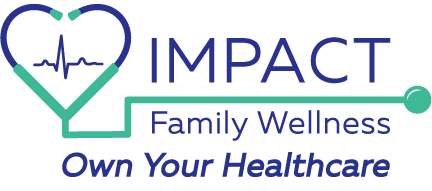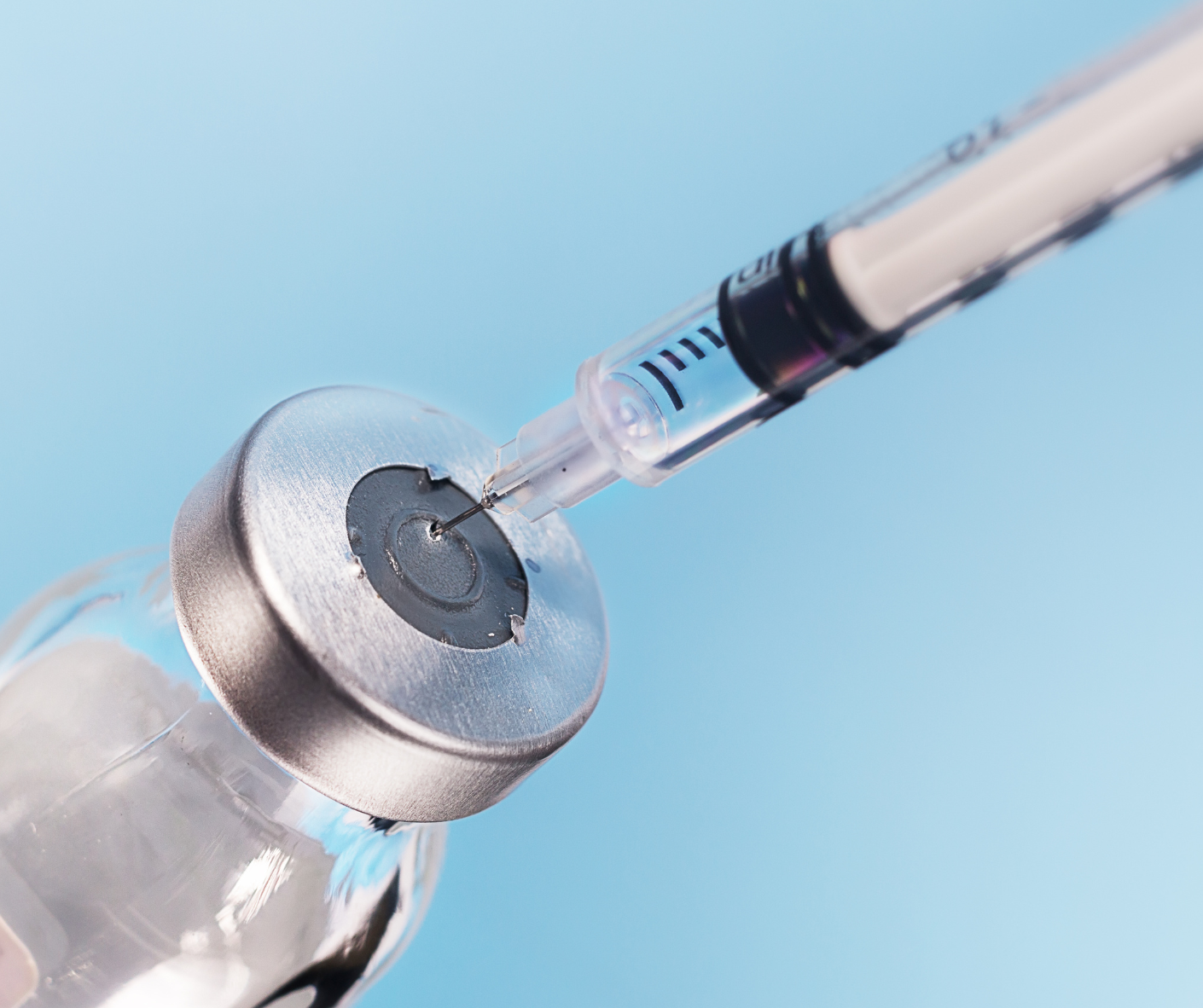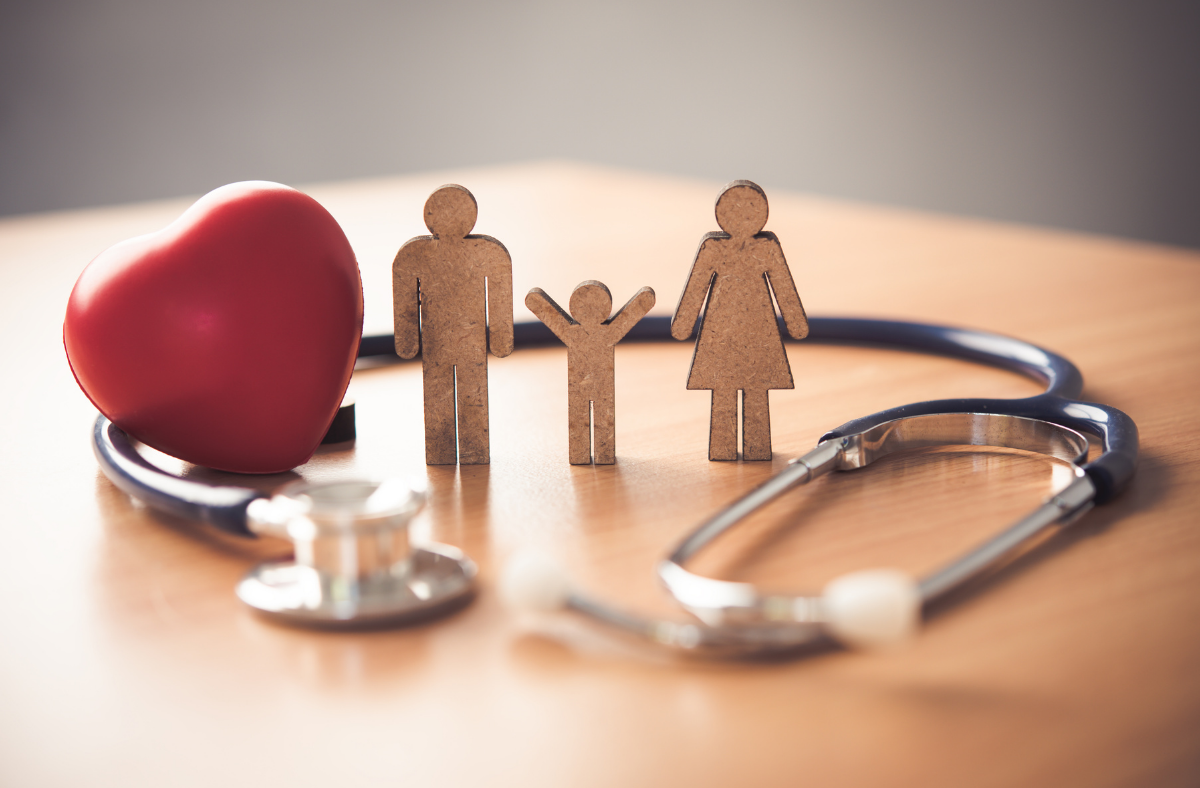Focus on Me, Not My Skin - Living With Psoriasis
Psoriasis is a chronic, non-communicable, painful, disfiguring, and disabling disease without a cure. It affects people of all ages and has a significant negative effect on the patient’s quality of life. Globally, there are at least 100 million individuals affected. The cause of psoriasis is still unknown, but specialists do know that it is largely affected by the immune system and genetics.
Psoriasis disease causes great physical, emotional, and social burdens to both individuals affected and their families. In extreme cases, disfiguration, disability, and marked loss of productivity are common physical challenges experienced by patients.
Patients and family members' mental well-being can suffer. Cases of higher rates of depression, social exclusion, discrimination, and stigma have been diagnosed due to suffering from psoriasis.
A person with this disease describes it as having itchy, burning, and stinging sensations. Psoriasis is associated with other serious health conditions, such as diabetes, heart disease, and obesity.
Psoriasis is also associated with psoriatic arthritis. This is a chronic, inflammatory disease of the joints and the places where tendons and ligaments join the bone. Inflammation can lead to swelling, pain, fatigue, and stiffness in the joints. Left untreated, Psoriatic Arthritis (PsA) can cause permanent joint damage. Both psoriasis and PsA may result in chronic pain
Types of Psoriasis
1. Psoriasis Vulgaris
This is the most common type of psoriasis affecting between 58% - 97% of all patients.
This type of psoriasis manifests itself in the form of Inflammatory red, sharply demarcated, raised, dry, differently sized plaques (abnormal part of tissue on the skin), usually covered by silvery or white scales.
It is displayed on the scalp and the area behind the ears, on elbows and knees the face, palms, soles, or nails.
2. Intertriginous psoriasis (psoriasis in folds and genital areas)
Affects between 12% - 26% of all cases of psoriasis.
It manifests in the form of, deep-red or white, flat, sharply demarcated, wet patches or plaques. In this type of psoriasis, scales are usually absent.
It affects almost exclusively body parts that can flex. That is the back of the knees, the insides of the armpits, elbows, groin, and other body folds.
3. Guttate psoriasis (droplet psoriasis)
It affects between 0.6% - 20% of individuals diagnosed with psoriasis and usually
occurs in childhood and adolescence.
It manifests in the form of reddish, drop-like papules and plaques, mainly involving the torso, arms, and legs.
4. Pustular Psoriasis
Affects between 1.1% - 12% of all cases of psoriasis.
It manifests in the form of pimples or blisters filled with non-infectious pus.
Commonly infects small areas such as palms of the hands, fingertips, nails, and soles of the feet, or the entire body surface.
5. Erythrodermic psoriasis
Affects between 0.4% and 7% of all cases of psoriasis.
Its symptoms have Fiery redness on most of the body’s surface.
This is the most serious type of psoriasis and is potentially life-threatening because it can lead to hypothermia, hypoalbuminemia, and cardiac failure.
Causes and Triggers of Psoriasis
- Obesity/weight gain has been identified as a significant trigger for psoriasis
- Tobacco smoking is another important risk factor for psoriasis
- Streptococcal or throat infection is one important aggravating or initiating factor
- Periodontitis (gum disease) has also been associated with an increased risk of the disease
- Stress represents a strong aggravating factor for psoriasis in both adults and children, regardless of the nature of the stressor
Management and Treatment of Psoriasis
The management of psoriasis is still based on the ability to control the symptoms. Topical, systemic therapies, phototherapy, and complementary and integrative medicine are available.
1. Topical Treatments
Topical treatments are medications applied to the skin. They are usually the first line of defense when treating psoriasis. Topicals slow down or normalize excessive cell reproduction and reduce inflammation caused by psoriasis.
Topicals include:
- Topical Steroids
- Topical Non-Steroids
- Over-the-counter Topicals
2. Phototherapy Treatment
These involve the use of UV light.
Phototherapy treatments include using
- Ultraviolet light B (UVB)
- Psoralen + UVA (PUVA)
3. Systemic Treatment
Systemic treatments are prescription drugs that work throughout the body. They are also used in those who are not responsive or are unable to tolerate topical treatments or phototherapy.
4. Complementary and integrative medicine
These include human-based treatments such as diet, supplements, yoga, and acupuncture.
5. Oral Treatments
Oral treatments are small-molecule medicines that are taken by mouth. Unlike earlier pills used for psoriasis and psoriatic arthritis, the latest oral treatments selectively target specific molecules inside immune cells.
In conclusion, finding the right treatment for psoriasis and psoriatic arthritis can be complicated. You can contact us to help you or a loved one find the treatment that works.










